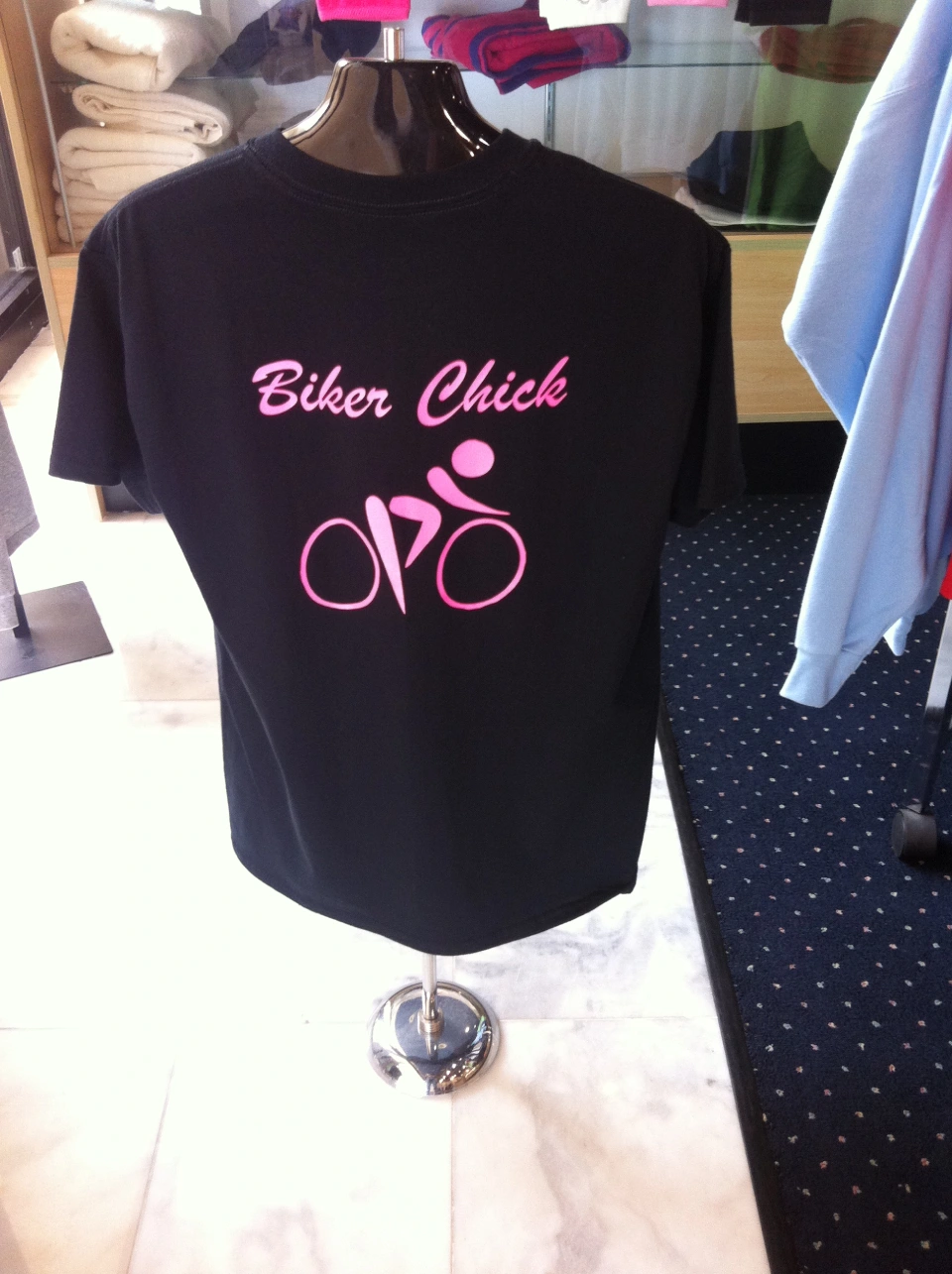Heat Transfer on T-Shirts and Aprons - Custom Designs and Logos
Heat Transfer on T-Shirts and Aprons - Custom Designs and Logos
Blog Article
The Art of Personalized Needlework: Unlocking the Secrets to Creating One-of-a-kind and Memorable Designs
The secrets to creating custom needlework designs that captivate the eye and leave a long-term impact lie in a fragile balance of technique, imagination, and interest to detail. As we delve right into the globe of customized embroidery, we discover the nuanced interplay in between thread selection, sew intricacy, and layout customization that elevates a plain garment to a job of art.
Picking the Right Embroidery Threads
When picking embroidery strings, what key aspects should you think about to ensure the very best results for your custom-made layouts? The choice of embroidery thread is critical in identifying the last end result of your embroidered layout. One of the key considerations is the product of the thread. Different products such as cotton, polyester, rayon, and silk supply varying levels of shine, sturdiness, and appearance. It is vital to select a thread material that matches the textile you are stitching on and lines up with the desired look of the style.
Moreover, the weight or density of the thread plays a significant function in the appearance of the embroidery. Thicker threads can add dimension and appearance to your layout, while finer strings are excellent for intricate details and little message. Furthermore, thinking about the color fastness and washability of the thread is essential to make sure that your custom-made styles preserve their quality and vibrancy gradually. By carefully reviewing these variables and picking top notch strings that meet your specific needs, you can improve the visual appeal and durability of your embroidered productions.
Discovering Different Stitch Methods
To dive right into the realm of 'Discovering Various Stitch Strategies', one need to understand the intricacies and subtleties that each stitching method brings to the art of needlework. Various stitch methods not just add aesthetic passion however additionally contribute to the total texture and measurement of the style. One preferred stitch method is the satin stitch, which entails closely stuffed parallel stitches to produce a smooth and shiny surface area, ideal for completing forms and creating strong details.
On the various other hand, the backstitch is a flexible strategy frequently utilized for describing and including fine information. It entails stitching backwards to produce a solid line of embroidery. Furthermore, the French knot stitch includes a responsive element to layouts, best for developing textured accents like flower centers or ornamental touches.
Exploring various stitch techniques allows embroiderers to play with light, darkness, and deepness within their designs, raising the visual allure and artistic high quality of their needlework tasks. By mastering various sewing methods, one can open unlimited opportunities for creating special and remarkable custom-made needlework pieces.
Incorporating Personalized Layout Components
Having actually explored the details of various stitch methods such as the satin stitch, backstitch, and French knot, the focus currently moves in the direction of integrating customized design components in custom-made embroidery jobs. Individualized style elements play a critical function in making embroidery tasks genuinely special and memorable.
An additional method to incorporate tailored design elements is by consisting of signs or concepts that hold special definition to the recipient or show their passions and individuality. Integrating a favorite flower, animal, or hobby-related sign can make the needlework design extra meaningful and individualized. In addition, picking colors that resonate with the recipient or straighten with the intended style can better boost the customization of the needlework project.
Understanding the Art of Shade Coordination

One trick element of shade sychronisation is recognizing color concept. This includes understanding how different shades communicate with each various other, the emotions they communicate, and how they can be integrated to develop visually view website enticing designs. By using shade theory concepts, embroiderers can create harmonious shade palettes that improve the overall look of the layout.
Additionally, taking notice of contrast is critical in shade coordination. Using contrasting shades can help specific elements of the layout pop, improve clarity, and develop an aesthetically vibrant embroidery item. By understanding the art of color coordination, embroiderers can raise their styles and develop remarkable pieces that reverberate with customers and visitors alike.
Enhancing Texture With Advanced Embroidery Stitches
French knots, for instance, are excellent for including tiny, increased dots to your style, resembling the look of beads or creating a textured surface. Bullion knots, on the other hand, can be made use of to develop twisted, ropelike elements that add a lavish feeling to the embroidery. Seed stitching entails tiny, scattered stitches that can fill out areas with a multicolor structure, while turkey job produces cosy, dimensional accents evocative animal fur or foliage. Explore these sophisticated embroidery stitches enables you to press the limits of standard needlework and produce genuinely special and aesthetically attractive textures in your styles.
Final Thought
Finally, the art of personalized embroidery entails a mix of selecting the right strings, discovering different stitch strategies, incorporating personalized layout aspects, grasping shade sychronisation, and boosting appearance with sophisticated stitches. By understanding and implementing these crucial elements, embroiderers can create one-of-a-kind and memorable layouts that showcase their creative thinking and skill. Needlework lovers can open the secrets to creating attractive and bespoke items that stick out and leave a lasting perception.
Report this page